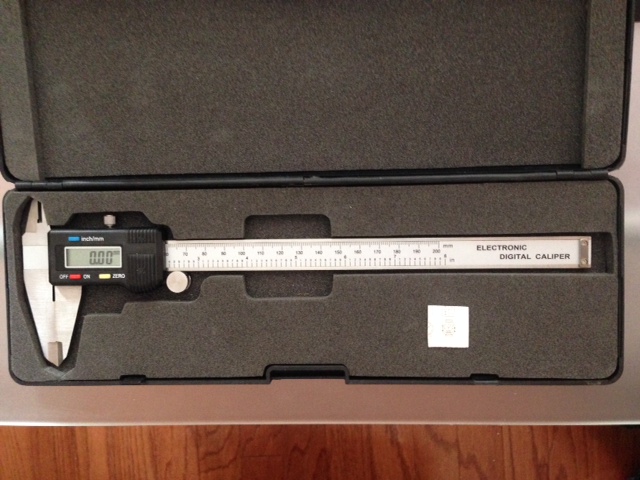I tend to think that those who buy 3D printers for personal use these days fall into one of the following three categories:
- Embracer of new technology, regardless of relevance
- Having heard of the recent hype and maybe even used one before, and the price point has now dropped to an acceptable level for them
- People with some familiarity of 3D design software (SW, Rhino 3D, etc.), who is now quite dangerous as the owner of a printer
People who fall into the first category are also the ones who bought a MiniDisc player in the late 90’s, and probably a 4K television last year. They will buy it and show it off to uphold their reputation as tech freaks.
Categories 1 and 2 need not to be mutually exclusive. With the number of 3D printer with price tags below $1,000 doubling every month, a large number of budget-minded tech embracers will undoubted jump on the bandwagon. They will figure out ways to use it, and know that online model libraries are available with thousands of designs ready to be sliced. They may tinker with 3D design themselves, and trust me, they will get a well-earned thrill when their first extruded cylinder is printed. Why? Because they spec’d it and built it.
This brings me to the third category, those familiar with design and design software, and if they already know how to repair and build things, well, the arrival of the affordable 3D printer is the promised land. The ability to design followed by 3D printing is the ultimate augmentation for a handyman. No longer are you browsing the isles at Home Depot hopelessly for that missing part. Instead, you walk out of there with just a pair of calipers, go back home, open up Inventor, and you are Clark Kent no longer.
I believe this is what Barack Obama was alluding to when in the State of the Union address he said “3D printing has the potential to revolutionize the way we make [almost] everything.” I emphasize almost because many things will still be mass produced. Only a few will care too much to customize an $8 stapler in order to spend two hours printing one. However, that weird piece of plumbing fitting that you really need for your leaky drain and can only be found in one hardware store in your city will likely stop being stocked once the 3D-printing revolution is done. Why? It probably doesn’t sell well now (too custom and low demand) and a designer/handyman armed with a printer will now save more time to measure out the part, design it and build it (maybe once or twice to get it right) at home.
You might say “I don’t know many handymen who can use Solidworks.” Well, I’m a handyman and two years ago I couldn’t use any 3D design software. The next generation of handymen will have taken 3D-design and printing classes in high school, and those who excelled will fall into the third category when they buy their own printer later on. There is a good chance they like to build and repair things. Remember that 3D printers were developed by tinkers, for tinkers.
Now let’s take a look at some of the handywork around the house a 3D printer can really help with—

So my dog has a habit of gnawing on everything that I hold in my hands or wear on my feet. The battery cover on my TV remote became a casualty. It was a quick fix after spending about 20 minutes on Rhino designing it and another 20 minutes to print it and file it down a little for the perfect fit.

I must be borderline OCD, because I found it hard to deal with a missing bass knob on my computer speakers. I found my therapist in the form of a 3D printer. This took me a few tries to get it right, and in the end I printed a treble knob too to make it match.
The next one is my favourite, because I feel like my home reflects my personality and style, and I’ve created something truly custom and functional—

These shelf supports in my bathroom are printed in black ABS and weighs less than an ounce each. The original supports became unusable, but my desire to keep the nice patterned glass shelf drove me to design and print new supports. Though I wasn’t completely sure ABS would be heavy-duty enough to support the shelf and the toiletries that will be placed on it. The key was keeping the weight of the supports down. A decorative truss design did the trick.

Here it is in action. In improving function, I designed in a low-profile hook for hanging things. I have to say, black ABS just looks amazing, and with the right design, will bring with it a wrought-iron look.

A look at my trusty calipers for all the precision measuring. I looked long and hard to find a 8″ one to complement my Da Vinci 1.0 which has a build size of 8″x8″x8″.